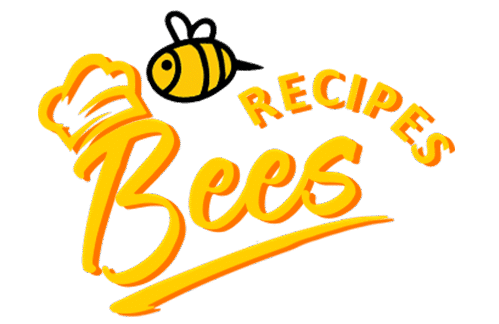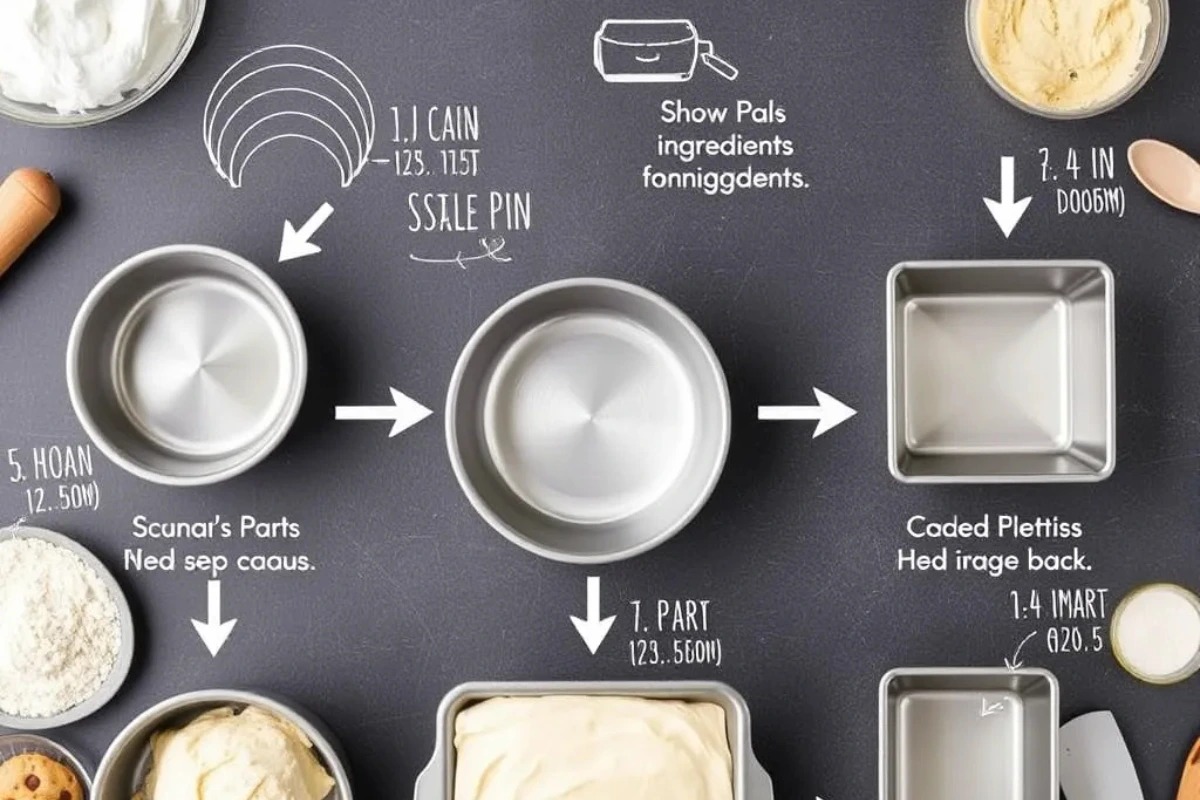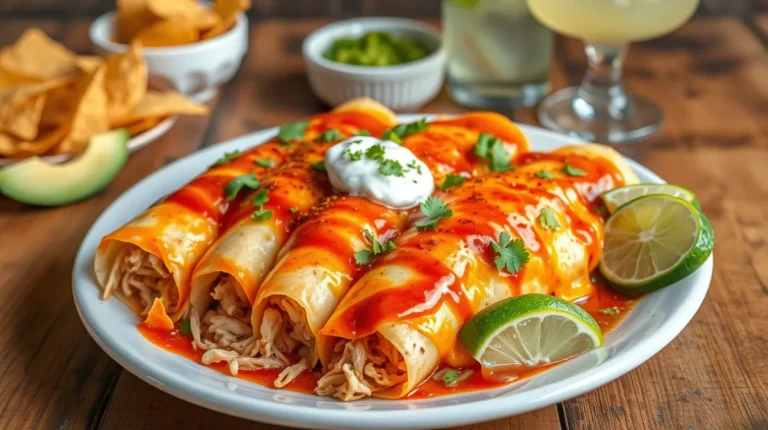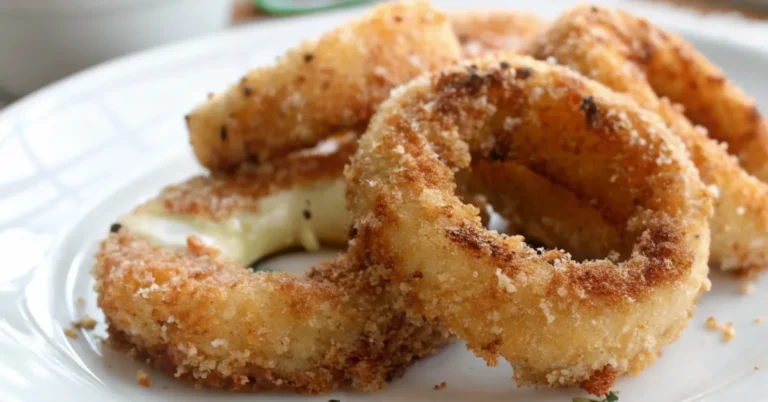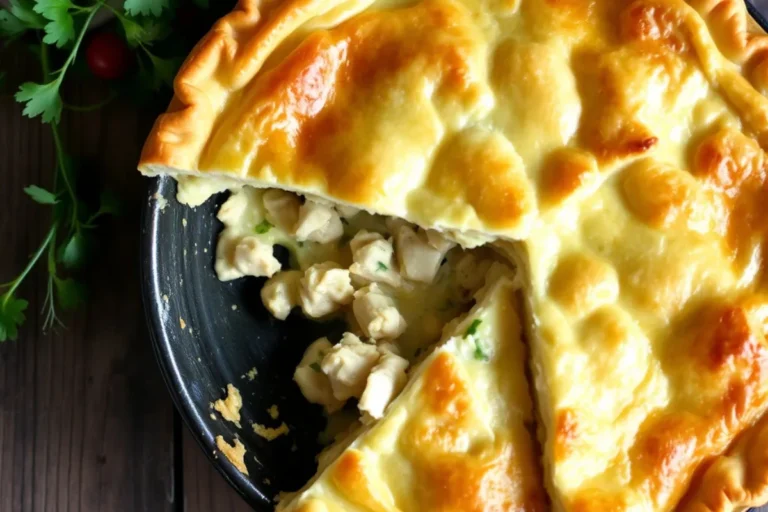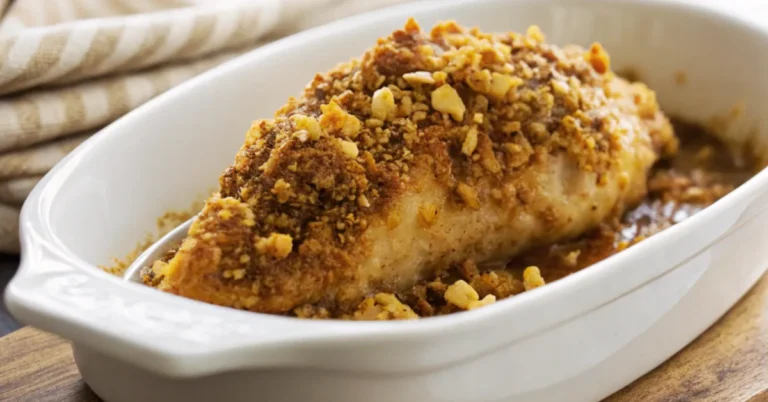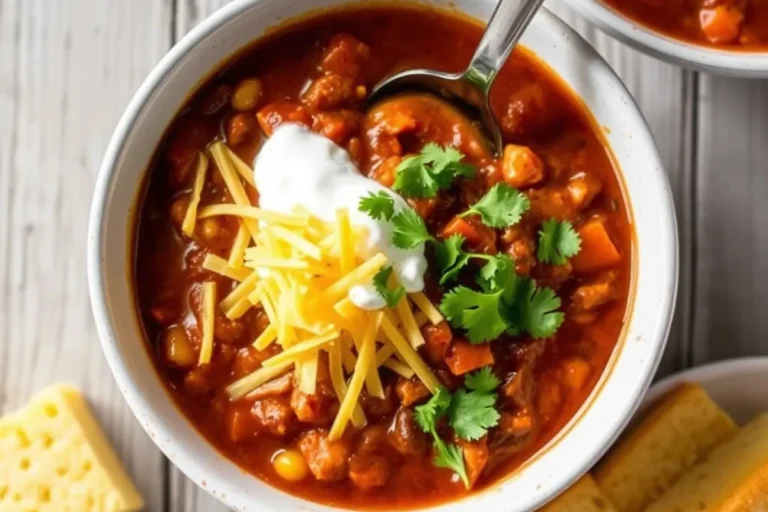how to scale recipes up and down like a professional
How to Scale Recipes Up and Down Like a Professional: A Guide for Home Bakers
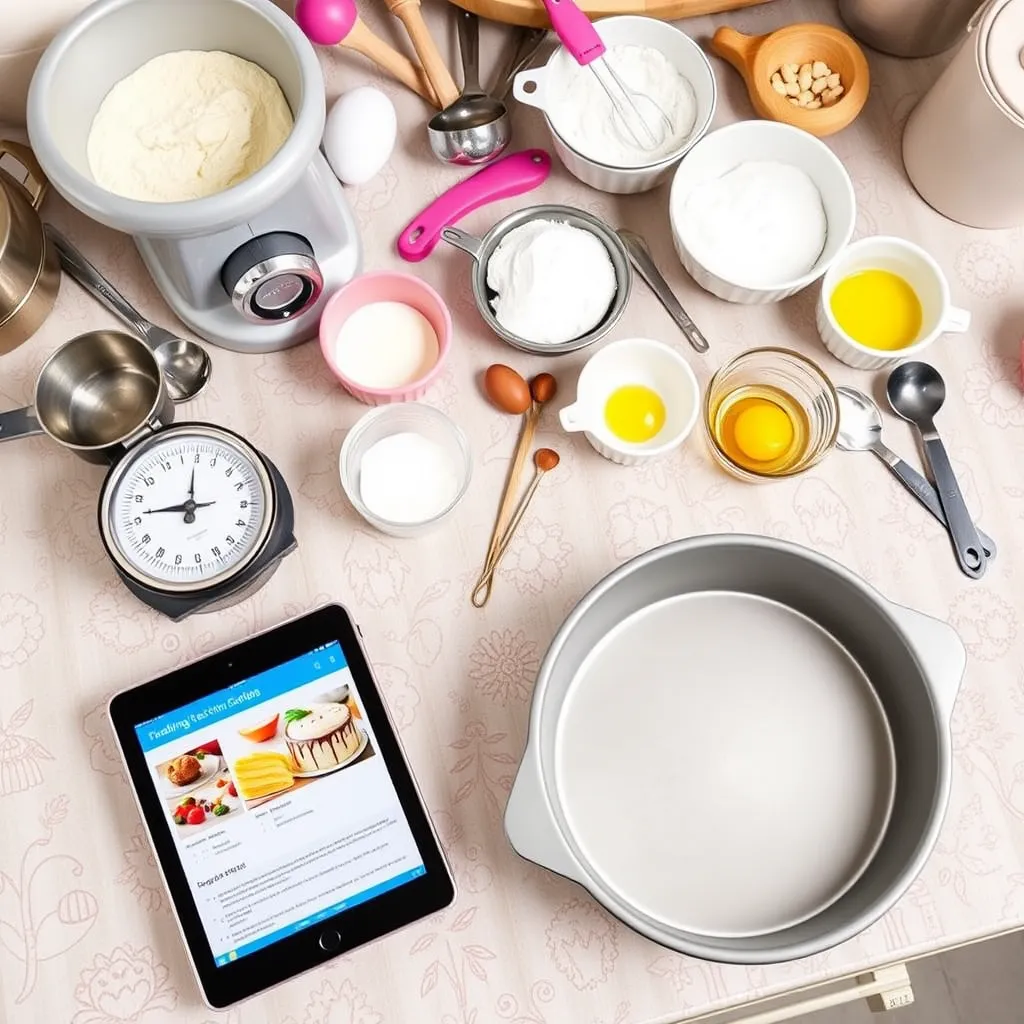
Scaling recipes can seem tricky, especially when you’re excited to try a new cake recipe, whip up some easy baking recipes, or adjust your favorite dessert recipes to suit a crowd or a small group. Whether you’re baking a batch of butter cookies or a show-stopping red velvet cake, knowing how to scale recipes is an essential skill for any baker. This comprehensive guide will show you how to scale recipes up or down like a professional and offer tips to ensure your baked goods come out perfectly every time.
Why Scale a Recipe?
Scaling a recipe allows you to customize your batch size based on your needs. There are many reasons why you might want to adjust a recipe’s proportions, such as:
- Baking for a Large Group: Let’s say you’re hosting a party and need more servings of your signature chocolate cake recipe. You’ll need to scale up the recipe to accommodate more guests.
- Cooking for One or Two: On the flip side, if you’re baking just for yourself or a small group, you might want to make fewer cookies or bake a smaller cake.
- Testing New Recipes: If you’re testing out new baking ideas or experimenting with easy dessert recipes, you may want to make a smaller batch to avoid wasting ingredients.
- Using Different Equipment: Some recipes are created with specific equipment in mind, such as a 9-inch cake pan. If you’re using a different-sized pan, you’ll need to scale the recipe accordingly to maintain the right proportions.
Table of Contents
Tools Needed to Scale a Recipe
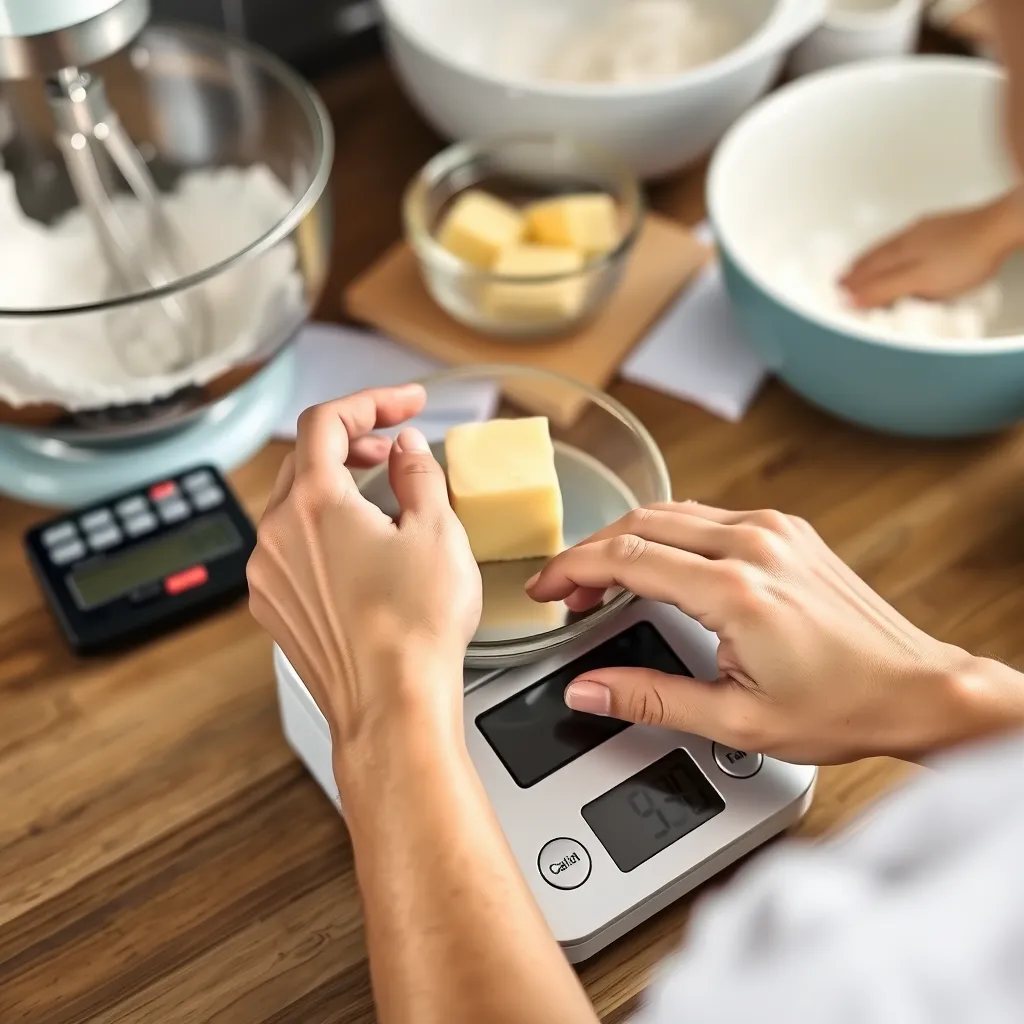
To accurately scale a recipe, you’ll need a few basic tools. These tools ensure precision, which is especially important in baking, where even small adjustments can impact the final result.
- A Kitchen Scale: A good kitchen scale is a baker’s best friend. It allows you to measure ingredients by weight, which is far more accurate than using volume measurements (like cups or tablespoons).
- Measuring Cups and Spoons: While a scale is preferred for dry ingredients, measuring cups and spoons are essential for liquid ingredients.
- Calculator: Scaling recipes involves some math, so having a calculator handy will simplify the process, especially if you’re scaling a recipe to non-whole numbers.
- Baking Equipment Size Chart: Knowing the capacity of different baking pans or trays helps you adjust the recipe accordingly.
First Step: Math Class
Scaling a recipe boils down to simple arithmetic. First, decide whether you want to double, halve, or otherwise adjust the number of servings. The basic math formula is:
New Quantity = Original Quantity x (New Servings / Original Servings)
Example 1: Doubling a Cake Recipe
Suppose your cake recipe serves 8, but you need enough for 16 servings. Here’s how to scale it:
- Original Recipe:
2 cups of flour, 1 cup of sugar, 2 eggs, 1 cup of milk - Scaling Factor:
16 servings ÷ 8 servings = 2 - Scaled Recipe:
4 cups of flour, 2 cups of sugar, 4 eggs, 2 cups of milk
Example 2: Halving a Cookie Recipe
Maybe you found a cookie recipe that makes 48 cookies, but you only need 24. Here’s how to halve it:
- Original Recipe:
4 cups of flour, 2 cups of sugar, 1 cup of butter - Scaling Factor:
24 cookies ÷ 48 cookies = 0.5 - Scaled Recipe:
2 cups of flour, 1 cup of sugar, ½ cup of butter
Check Your Volume!
One of the biggest challenges when scaling recipes, especially baking recipes, is ensuring the volume is correct for the equipment you’re using. Whether you’re adjusting a pound cake recipe or making fewer chocolate chip cookies, it’s important to consider your baking pan size.
How to Adjust for Baking Pans:
- Cakes: If your cake batter is too thin or thick for the size of the pan, it could result in uneven cooking. A larger pan means the batter will spread out more, so the cake will bake faster. Conversely, a smaller pan may need a longer baking time to cook all the way through.
- Cookies: If you’re scaling cookie recipes, pay attention to how much cookie dough you’re using per cookie. Smaller batches might bake faster because there’s less dough on the tray.
- Volume Capacity: As a rule of thumb, the batter should fill your pan no more than two-thirds full. If you’re scaling up, ensure that your larger batch fits comfortably in your equipment, and adjust baking times accordingly.
General Rules for Scaling
When adjusting baking recipes, here are some key rules to follow:
1. Dry Ingredients
Dry ingredients, such as flour, sugar, and baking powder, are relatively straightforward to scale. Just multiply by your scaling factor.
For example, in a pound cake recipe, if the original calls for 2 cups of flour and you’re doubling the recipe, you’ll need 4 cups of flour. Use a kitchen scale for greater precision.
2. Liquid Ingredients
Liquids, such as milk, water, and oil, can also be scaled directly. If the original recipe uses 1 cup of milk and you’re scaling it down by half, you’ll use ½ cup of milk.
Be mindful of the consistency of your batter or dough, especially when scaling liquid ingredients. In some cases, you may need to adjust slightly based on how thick or thin the mixture is.
3. Eggs
Eggs can be tricky to scale, especially when you’re working with non-whole numbers. For example, if a recipe calls for 3 eggs and you want to cut it in half, you’ll need 1½ eggs.
Pro Tip: To measure half an egg, beat the egg first, then measure out half of the mixture. Alternatively, use an egg substitute that allows for easier portioning.
4. Leavening Agents (Baking Powder, Baking Soda, Yeast)
Leavening agents like baking powder and baking soda don’t scale as neatly as other ingredients. Too much can cause your baked goods to rise too quickly and then collapse, while too little may result in a dense, flat product.
As a general rule, scale leavening agents cautiously. If you’re doubling a recipe, you might not need to double the leavening agents exactly. Instead, increase them by 1.5 times and assess the results.
5. Baking Time
When scaling recipes, the baking time often needs to be adjusted as well. Larger batches generally require more time to cook through, while smaller batches may need less time.
Pro Tip: Always keep an eye on your baked goods, and check for doneness a few minutes before the recipe’s original time if you’ve scaled it down. Use a toothpick or cake tester to check if the center is baked through.
Expert Tips for Scaling Like a Pro:
Scaling baking recipes can be an art as much as it is a science. Here are a few expert tips to help you achieve success every time:
- Test Small Batches First: If you’re trying a new recipe and plan to scale it up later, make a small batch first. This will help you understand how the recipe behaves, allowing you to make adjustments more confidently when increasing the batch size.
- Use Precise Measurements: Baking is chemistry, and precision matters. Weighing ingredients with a kitchen scale will help ensure your scaled recipe remains accurate and balanced.
- Consider Texture Changes: Some recipes, especially those for baked goods like pound cake or chocolate cake, may change in texture when scaled. Keep an eye on how ingredients like flour, sugar, and liquids affect the overall consistency.
- Adjust for Humidity and Altitude: Environmental factors like humidity and altitude can affect baking times and ingredient ratios. For example, in humid climates, you may need to reduce the amount of liquid slightly.
Tools and Resources for Scaling Recipes:
Scaling recipes is easier with the right tools. Here’s a list of must-have baking equipment:
- Measuring Cups and Spoons: Essential for precise measurements of dry and liquid ingredients.
- Kitchen Scale: Ideal for scaling by weight, especially for flour and sugar.
- Baking Pan Size Chart: Helps adjust recipes for different pan sizes.
- Oven Thermometer: Ensures your oven is heating accurately when adjusting cooking times.
- Baking Calculator Apps: Some apps allow you to input the number of servings and automatically scale the recipe for you.
Conclusion:
Learning how to scale recipes up and down like a professional is an essential skill for any baker. Whether you’re adjusting easy baking recipes, scaling up a chocolate cake recipe for a birthday party, or halving a batch of cookie dough, the key is precision and understanding the science behind baking.
With the right tools and a little practice, you can confidently scale any recipe to suit your needs—without sacrificing taste, texture, or presentation. Keep this guide handy for the next time you’re in the kitchen and want to create your best baked goods!
Try scaling recipes like a pro with this guide and enjoy the flexibility of making just the right amount! Don’t forget to capture and share your #BeesRecipes creations on Instagram—we’d love to see your unique twists and scaled-up or scaled-down masterpieces!
